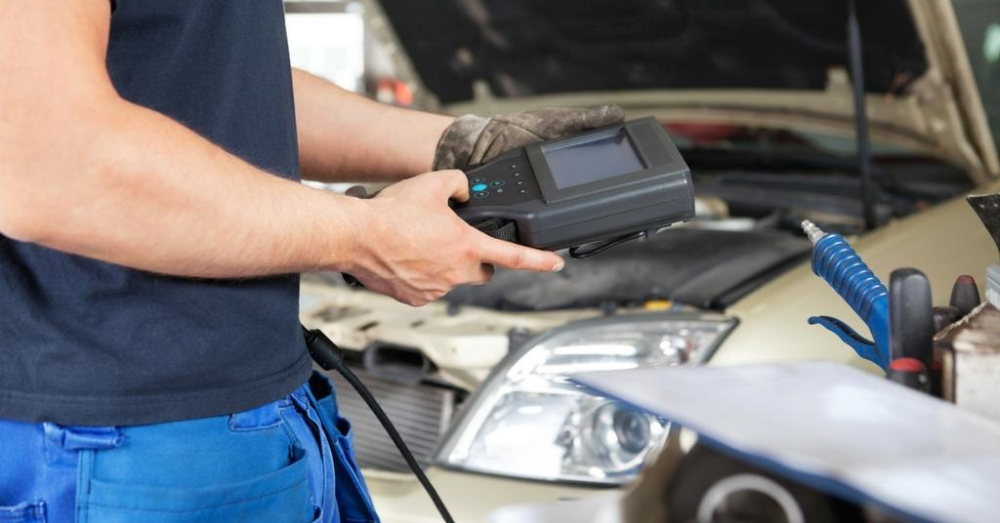According to some mechanics, the biggest scam in the automotive industry isn’t con men working in local shops or high prices at the auto parts store. It’s who covers diagnostic mistakes.
What to Look Out for at the Mechanic and Auto Parts Store
When drivers take their vehicles to the mechanic, whether it’s a local shop or a nationwide chain, they expect the experts getting up beneath their hoods to be able to accurately diagnose the problem, give them a quote for labor and parts from the auto parts store, and fix the car.
In reality, mechanics make mistakes. Of course, everyone makes mistakes. That’s not the real problem. The problem is who winds up paying for those mistakes.
The Cost of Incorrect Diagnosis
Diagnosing a problem with a car, even one with an extensive system of modern sensors, takes skill. Sometimes, it also takes trial and error, especially if the mechanic hasn’t seen the same problem in the same car before.
As an example, say a car’s check engine light comes on. The owner takes it to a mechanic or an auto parts store to have the codes read, and the machine indicates a problem with the exhaust system.
The mechanic listens to the customer’s description of the vehicle’s issues, combines that knowledge with the error code, and decides an oxygen sensor is to blame. The shop orders a new sensor from an auto parts store, and then the mechanic installs it.
Unfortunately, the check engine light comes back on almost immediately. The most likely scenario for a driver who heads back to the mechanic is that they’ll learn the problem is more complex and requires another part or possibly multiple repairs.
The problem isn’t that the mechanic got the diagnosis wrong the first time. The problem is that the customer pays for the subsequent auto parts and labor, even if the mechanic directly caused the new malfunctions.
Interesting Solutions to a Common Problem
In an ideal world, mechanics wouldn’t charge their customers for work their cars didn’t genuinely need, but that’s often the case. Drivers come up with different solutions and workarounds.
Some purchase code readers to check for themselves what their vehicles are telling the mechanics. This is a simple solution, although it doesn’t always help because code readers only tell mechanics what sensors indicate, not what’s wrong with the car.
Others research automotive systems and problems extensively so they’ll know what the mechanics are talking about when they go to the shop and be able to catch negligent diagnoses or outright lies.
On the other end of the spectrum, some drivers simply put duct tape over their check engine lights so they don’t have to see them and then drive around like nothing is wrong until their cars break down completely. This is by far the worst solution to the problem.
Go to a Dealership With an Internal Auto Parts Store
For most drivers, the best solution is to go to a dealership mechanic who knows the cars inside and out and doesn’t have to rely on an external auto parts store that may only have cheap aftermarket parts in stock.
In other words, drivers who want to keep their cars in good shape should return to the dealership. Dealership mechanics offer guarantees of quality and use only OEM parts. They may charge slightly higher labor fees, but it’s worth the money.
This post may contain affiliate links. Meaning a commission is given should you decide to make a purchase through these links, at no cost to you. All products shown are researched and tested to give an accurate review for you.




